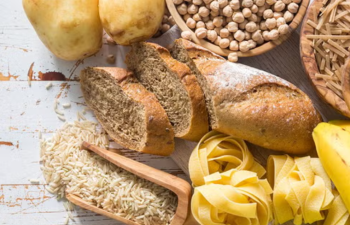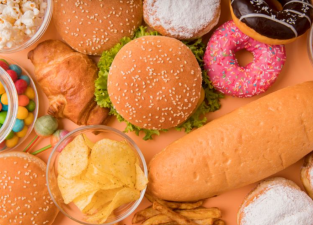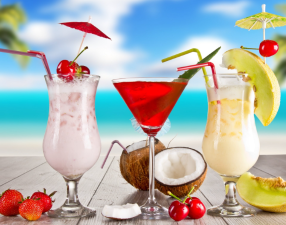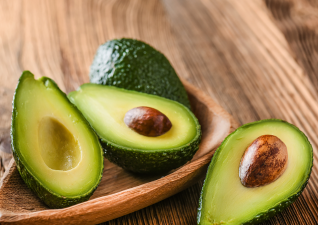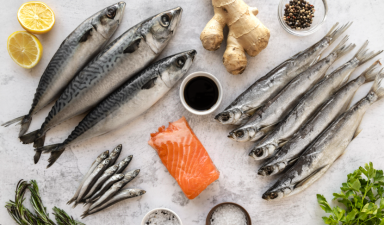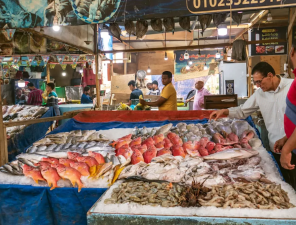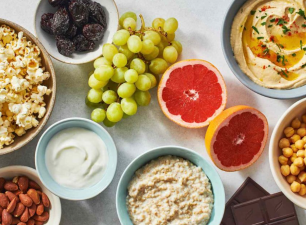Should You Be Worried About Microplastics in Seafood?
A new study from Oregon, USA, reveals a disturbing truth: microplastics are now present in nearly every seafood we eat. From salmon to shrimp, fish and shellfish caught off the Oregon coast are found to contain high levels of plastic particles, posing a concern not only to marine life but also to human health.
A new study from Oregon, USA, reveals a disturbing truth: microplastics are now present in nearly every seafood we eat. From salmon to shrimp, fish and shellfish caught off the Oregon coast are found to contain high levels of plastic particles, posing a concern not only to marine life but also to human health.
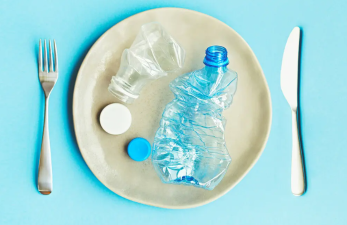
Microplastic pollution, a global environmental problem, has permeated every corner of marine and freshwater ecosystems. With the widespread use and improper disposal of plastic products, these persistent materials are entering our waters in various forms, posing a potential threat to aquatic life and human health. Microplastic particles, smaller than 5 mm, are particularly challenging to study and regulate due to their small size and difficulty in tracking and removing them. Scientists are increasingly concerned about how these microplastics accumulate through the food chain and ultimately affect seafood consumed by humans.
▣ The Sources and Dangers of Microplastics
The root cause of all this points to microplastic pollution. As of November 25, 2018, approximately 5.25 trillion pieces of plastic have accumulated in the ocean. A staggering 92% of these particles are microplastics.
Microplastics come from a wide range of sources and are embedded in everyday life. They can accumulate in the human body, causing health problems and environmental damage. In the United States alone, approximately 8 million microplastic particles are released daily directly into the habitats of marine life. Staggeringly, this annual emission could circle the Earth seven times. Extrapolating this figure, the combined contribution of numerous countries worldwide to microplastic emissions is undoubtedly an unimaginably large number.
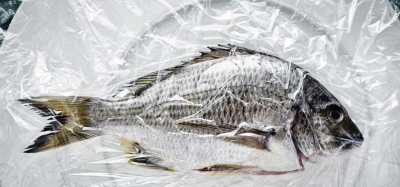
▣ What does this mean for human health?
The study highlights a growing concern:
Seafood consumption may contribute to the accumulation of microplastics in the human body. People who consume shellfish, such as oysters and mussels, are particularly exposed to high levels of microplastics. However, the long-term effects of these microplastics in the human body remain unclear and require urgent research.
What can be done?
While scientists aren't suggesting we stop eating seafood altogether, the study highlights the importance of understanding the extent of our exposure to microplastics. Elise Granek, an ecologist at Portland State University, explains that microplastics are now ubiquitous and nearly impossible to avoid. They're in the air we breathe, the water we drink, and even on our plates due to our own pollution.
To address this issue, researchers are calling for more action to reduce plastic waste. "What we put into the environment ends up on our plates," Granek says. Addressing this problem means reducing plastic production and emissions at the source.

